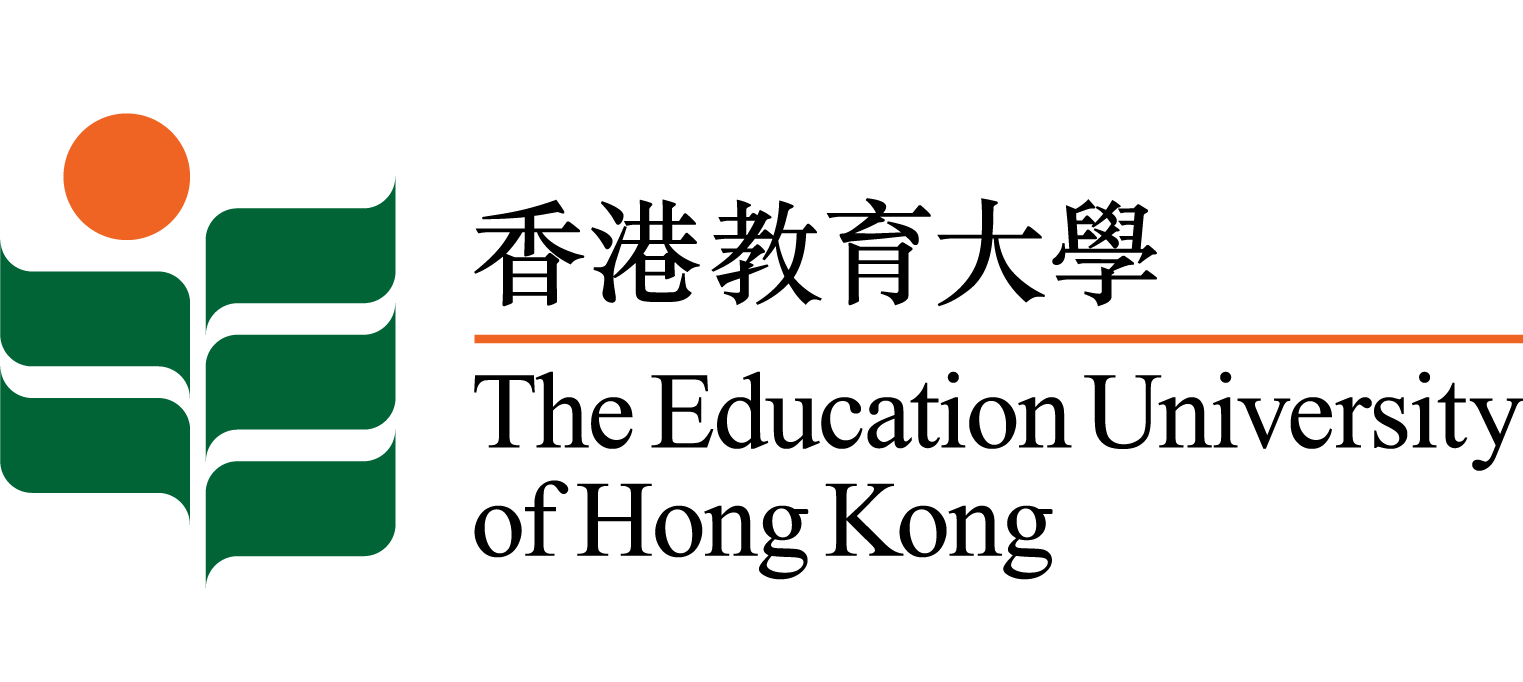Journal Articles
Thinking styles and modes of thinking: Implications for education and research
- Thinking styles and modes of thinking: Implications for education and research
- Journal of Psychology, 136(3), 245-261, 2002
- Heldref Publications
- 2002
-
- Hong Kong
-
- 1997.7 onwards
-
- Post-Secondary Education
- The author investigated the relationship of thinking styles to modes of thinking. Participants were 371 freshmen (aged 18 and 19) from the University of Hong Kong. Participants responded to the Thinking Styles Inventory (R. J. Sternberg & R. K. Wagner, 1992) and the Style of Learning and Thinking (Youth Form; E. P. Torrance, B. McCarthy, & M. T. Kolesinski, 1988). A major finding was that creativity generating and complex thinking styles were significantly positively correlated with the holistic mode of thinking but significantly negatively correlated with the analytic mode of thinking. Thinking styles that denote the tendency to norm favoring and simplistic information processing were significantly positively correlated with the analytic mode of thinking and significantly negatively correlated with the holistic mode of thinking. In a preliminary conclusion, it appears that the thinking style construct overlaps the mode of thinking construct. Implications of this finding for teachers and researchers are delineated. Key words: modes of thinking, thinking styles [Copyright of Journal of Psychology is the property of Heldref Publications. Full article may be available at the publisher's website: http://dx.doi.org/10.1080/00223980209604153 ]
-
- English
- Journal Articles
-
- 00223980
- https://bibliography.lib.eduhk.hk/bibs/5989c8af
- 2010-09-27
Recent Journal Articles
Modelling trait and state willingness to communicate in a second language: An experience sampling approachJournal Articles
Teaching national identity in post-handover Hong Kong: Pedagogical discourse and re-contextualization in the curriculumJournal Articles
Paradoxes in intercultural communication, acculturation strategies and adaptation outcomes: International students in Hong KongJournal Articles
The efficacy of the Peace Ambassador Project: Promoting children's emotional intelligence to address aggression in the early childhood classroomJournal Articles
Brokering school improvement through a school–university partnership: A longitudinal social network analysis of middle leadership developmentJournal Articles
L2 English listeners’ perceived comprehensibility and attitudes towards speech produced by L3 English learners from ChinaJournal Articles
School students’ aspirations for STEM careers: The influence of self-concept, parental expectations, career outcome expectations, and perceptions of STEM professionalsJournal Articles
Fundamental movement skills in Hong Kong kindergartens: A grade-level analysisJournal Articles



 EdLink
EdLink